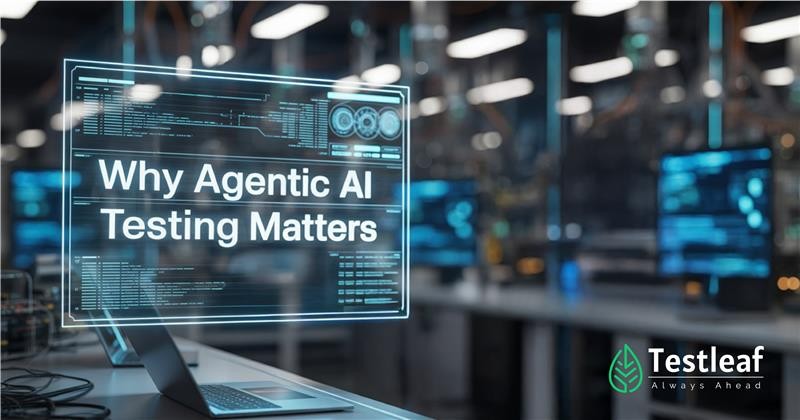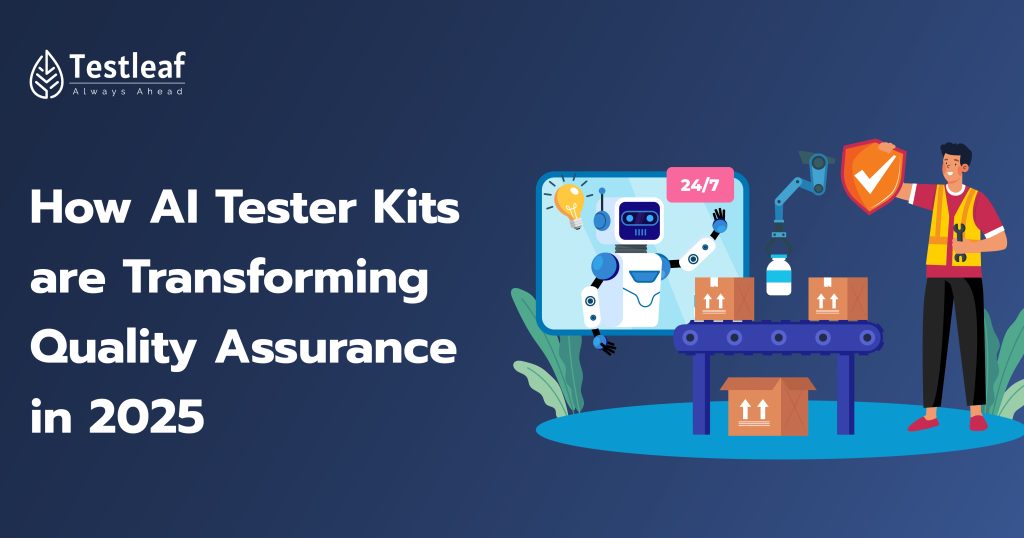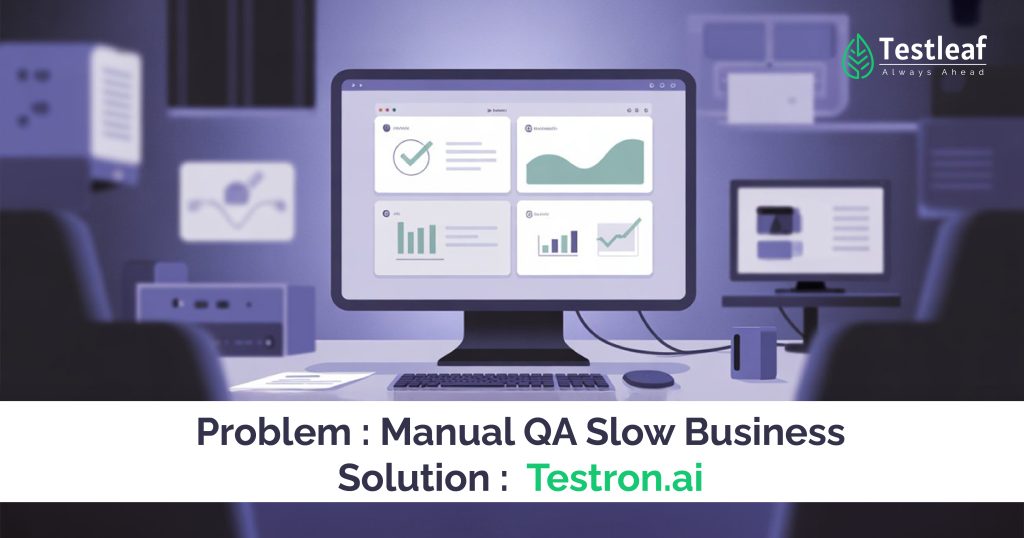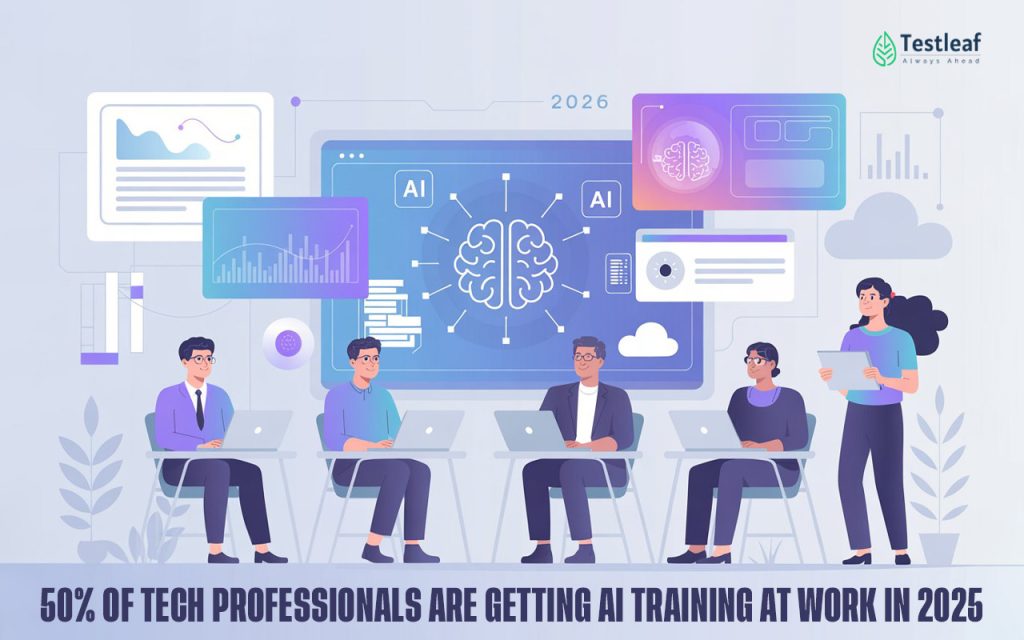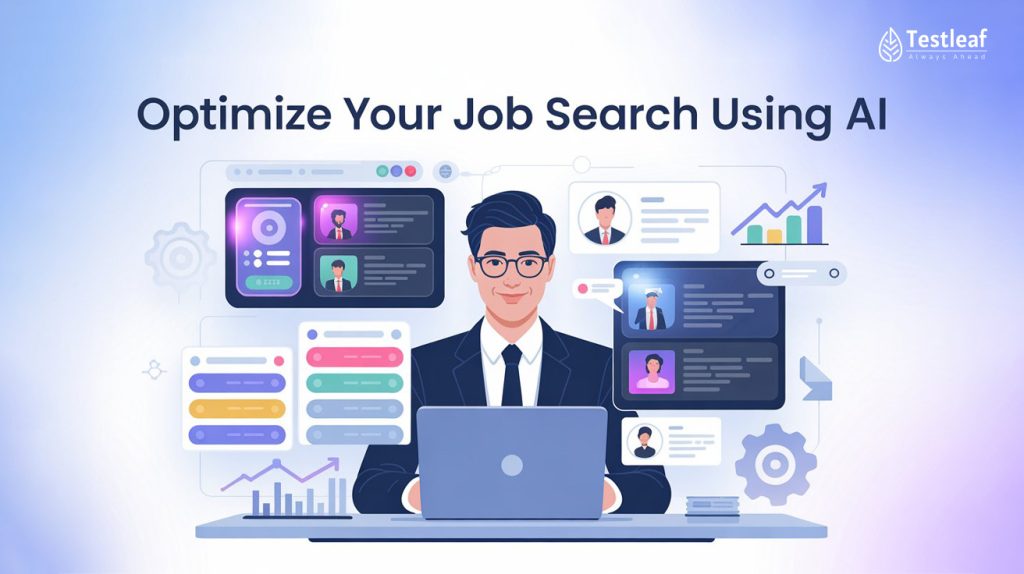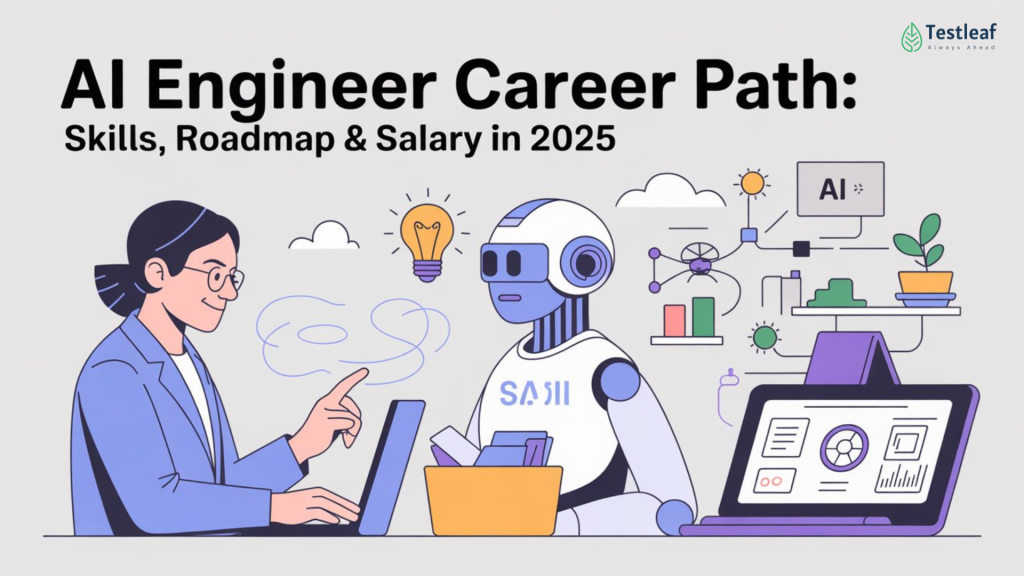Introduction
Test data is the lifeblood of quality assurance in the BFSI (Banking, Financial Services, and Insurance) sector. In my journey as a QA Manager working across leading investment banking platforms, I’ve faced—and solved—challenges that are unique to highly regulated, data-sensitive domains. This blog shares my real-world experience, explores why traditional approaches fall short, and lays out a blueprint for using modern, agentic AI-driven solutions for future-proof test data management.
1. The Unique Challenges of BFSI Test Data
In BFSI, test data isn’t just numbers and names—it’s PII, financial transactions, risk calculations, and regulatory edge cases. Here’s what makes the landscape uniquely tough:
– Regulatory Constraints: Compliance with GDPR, RBI, PCI-DSS, and other regional/global frameworks forbids the use of production data in lower environments.
– Security Risks: Even one slip-up with sensitive data can have reputational and legal consequences.
– Complex Data Models: Accounts, trades, payments, customers—all interlinked, and all must be realistic and consistent.
– Dynamic Requirements: Every new regulatory update, product, or market scenario brings new test data demands.
My biggest challenge? Not being able to use production data for testing, yet needing data that behaves like the real world.
2. The Pitfalls of Static or Manual Test Data
Initially, teams relied on static data sets or manually created test accounts. This approach had serious flaws:
– Data Quickly Goes Stale: Once a data set is used, its value for regression or edge-case testing drops.
– Lack of Coverage: Manual data can’t possibly represent the complexity or scale of actual BFSI operations.
– Regulatory Exposure: Manual masking can be error-prone, and even one missed field could breach compliance.
Popular Articles: automation testing interview questions
3. Embracing Masking—But Not Enough
To bridge the gap, we deployed commercial data masking tools. These offered automated scrubbing, masking, and pseudonymization.
Strengths:
– Automated masking pipelines ensured that sensitive fields were consistently protected.
– Integration with databases made it easier to clone “production-like” data safely.
Limitations:
– Even masked data lacks dynamic behavior; it can’t simulate brand-new customer journeys or regulatory exceptions.
– Licensing and maintenance costs are high.
– Sometimes, masking breaks referential integrity across systems.
4. The Move to Dynamic Test Data Generation
Our breakthrough came with the realization that dynamic test data generation could fill the realism gap.
Tool Selection: Java Faker & Mockaroo
– Java Faker: Perfect for generating synthetic but realistic customer names, addresses, IDs, etc.
– Mockaroo: For more complex, rule-based data generation (e.g., creating account portfolios with defined rules).
Key Use Cases:
– Automated creation of new accounts or leads in regression suites.
– Generating transactional data (e.g., payments, trades) for stress and volume testing.
– Simulating rare, edge-case regulatory scenarios.
5. Architecting a Centralized Test Data Utility
To avoid “data silos” and duplication, we built a centralized, hybrid test data utility with these features:
– API-Driven Access: All test scripts could request data via simple API calls, supporting dynamic creation or fetching of existing records.
– Integration with Redis: For local caching, rapid data access, and mapping to database entries for referential integrity.
– Plug-in Sources: Ability to fetch data from:
– Database snapshots (for “existing” data)
– Java Faker / Mockaroo (for on-the-fly data)
– APIs from other systems (for cross-system consistency)
How It Works:
A tester or automation script requests “an active customer with a trading limit > $1M.”
– If such data exists in Redis (linked to DB), it’s served.
– If not, the utility creates it dynamically using Java Faker/Mockaroo, optionally writing it back to the DB for future use.
Benefits:
– Eliminates the need for test data “reset” cycles.
– Ensures consistency and referential integrity across systems.
– Supports parallel test execution at scale.
6. Ensuring Data Quality, Auditability, and Compliance
Automated validation scripts check the shape, completeness, and compliance of every data set served.
– Tagging and Traceability: Every data record is tagged with test execution IDs and metadata, enabling full traceability for audits.
– Automated Masking: Data generated or fetched is scrubbed in real-time to meet compliance—no human error.
– Data Lifecycles: Data can be flagged for expiry, re-use, or archiving.
7. Tackling the Toughest BFSI Data Scenarios
Complex Regulatory Data:
– Generating realistic scenarios for anti-money laundering (AML), KYC checks, or cross-border transactions isn’t trivial.
– Solution: Rules-driven generation using Mockaroo, backed by automated workflows that chain multiple data generation steps.
Linked Data Across Modules:
– Ensuring that “customer X” in CRM, transaction processing, and reporting systems are the same entity, with valid relationships and history.
– Solution: Centralized utility maps and synchronizes entities across all relevant data stores and APIs.
8. Solving for Delays and Scalability
A recurring pain point was test delays due to data unavailability.
Automated, on-demand data provisioning solved this:
– Tests never “wait” for manual data setup.
– Parallel test executions are fully supported (essential for DevOps and CI/CD).
9. The Agentic AI Revolution in Test Data
What is Agentic AI?
Agentic AI refers to intelligent systems that autonomously act, decide, and adapt—going beyond mere automation.
How We Apply Agentic AI in BFSI Test Data:
1. Synthetic Data Generation (LLMs & GenAI):
– Leveraging Large Language Models (like GPT) to create hyper-realistic, context-specific data sets.
2. Autonomous Data Population:
– Self-serve “agents” monitor test pipeline triggers, auto-populate data, and respond to failed tests by self-healing data sets.
3. Self-Healing Data Sets for Regression:
– Data agents identify when a test fails due to data drift and automatically restore or recreate just what’s needed.
4. Automated Masking/Scrubbing:
– AI detects sensitive fields—even as new fields are added—and applies context-aware masking, not just rule-based.
10. Ensuring Privacy, Reducing Bias, and Meeting Compliance with AI
– Automated Scrubbing: AI reviews all synthetic and masked data for hidden PII or risky fields, providing a compliance safety net.
– Bias Detection: AI checks for data skew, ensuring test data does not inadvertently favor or disadvantage any group, supporting fair testing and compliance.
11. Cross-System Data Consistency
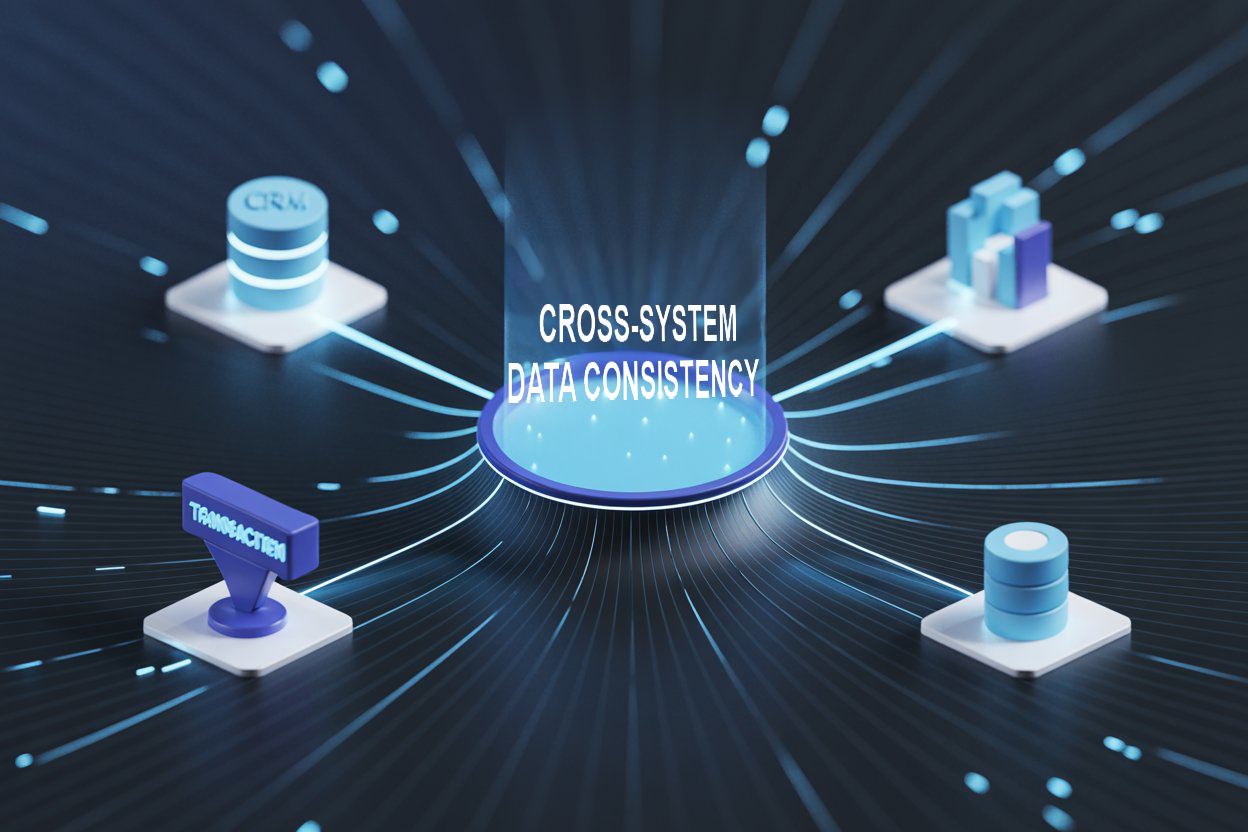
Our utility supports automated sync and mapping across:
– CRM
– Transaction engines
– Reporting/data warehouse layers
All via API and cached mappings, ensuring that one change in a “master” record is reflected everywhere.
12. Collaboration: Beyond QA
Test data management is a cross-functional sport:
– Dev & QA: Defining new data requirements for each release.
– InfoSec & Compliance: Validating masking strategies.
– Ops & Support: Ensuring non-prod environments are “safe” for training, demos, and troubleshooting.
– Business: Ensuring scenarios reflect actual customer journeys.
Regular collaboration ensures data utility evolves with business and tech needs.
13. Best Practices and Golden Rules
Through years of hands-on experience, these stand out:
- Centralized Test Data Utility: Avoid silos; one source of truth for all environments.
- Dynamic, On-the-Fly Generation: Never rely on stale data.
- Auditability by Design: Every piece of test data should be traceable back to its requestor, use case, and masking status.
- Automated Validation: Validate all data before use.
- Agentic AI: Let intelligent agents drive data provisioning, maintenance, and healing.
14. A Vision for the Future: Agentic AI-Driven Data Management
What’s next?
– Full agentic AI-driven management: Data agents orchestrate end-to-end test data flows, anticipate needs, adapt to new releases, and constantly learn from test outcomes.
– Unified Data Platforms: One pane of glass for data across environments, with real-time dashboards and self-service portals for every team.
– Policy-Driven, Self-Service QA: QA teams define “what” data is needed—agentic AI delivers “how,” “when,” and “where.”
15. Key Takeaways and Advice
– The BFSI domain demands test data that is secure, dynamic, and context-aware.
– Commercial masking tools are a baseline, not a solution.
– Hybrid utilities—centralized, API-driven, plugged into dynamic generators—unlock scalability and compliance.
– Agentic AI is not just a buzzword: It’s the foundation for the next leap in QA efficiency and safety.
– Collaboration across the organization is non-negotiable.
My one piece of advice for anyone on this journey:
Don’t treat test data as an afterthought. Make it a core capability, invest in automation and AI, and build for auditability and scale from day one.
Conclusion
As QA professionals in BFSI, our credibility hinges on our ability to test with data that is realistic, secure, and compliant—without ever putting real customers or the business at risk. The future is agentic: AI-powered, autonomous, adaptive test data management is already here, and those who embrace it will lead the next era of digital banking quality.
Try testron.ai
Are you ready to see how next-generation AI platforms handle test data management?
Try testron.ai for a demo and discover enterprise-grade Quality Engineering powered by AI—without the license lock-in.
We Also Provide Training In:
- Advanced Selenium Training
- Playwright Training
- Gen AI Training
- AWS Training
- REST API Training
- Full Stack Training
- Appium Training
- DevOps Training
- JMeter Performance Training
Author’s Bio:

As Head of Projects at Qeagle, I’m passionate about shaping future software testing leaders through industry expertise and hands-on learning. With 20+ years’ experience, I’ve mentored 10,000+ professionals, equipping them with cutting-edge skills, proven strategies, and a growth mindset to excel and thrive in today’s competitive tech landscape.
Hari Prasad Radhakrishnan
Head of Project



